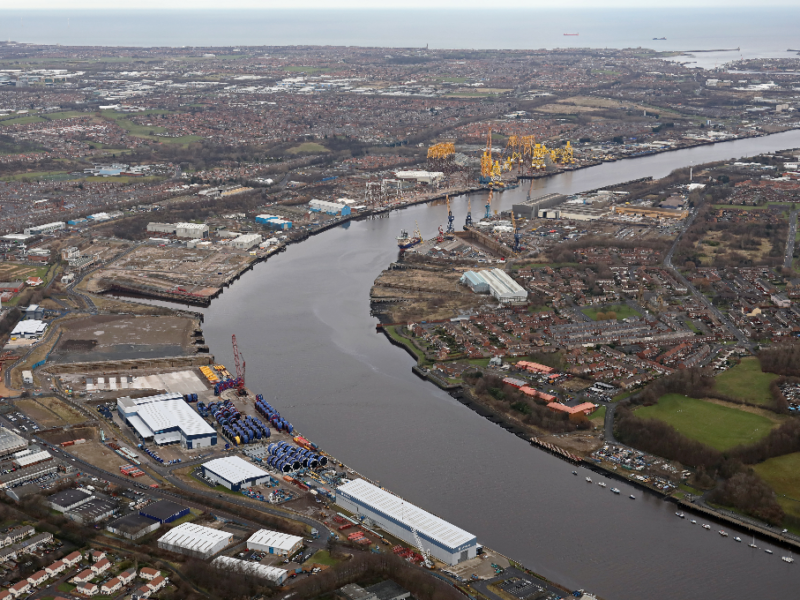May marks Local and Community History Month across the UK, an initiative organised by the Historical Association to increase the awareness of local culture and history within regional communities across the country.
To celebrate this initiative, we have taken the opportunity to reflect on the large role that the region has played in the development of modern engineering and our heritage as a North East-based steel fabricator.
Engineering in the North East
The North East is widely recognised as one of the definitive birthplaces of modern engineering. The region is renowned for building some of the world’s most prominent and historically significant vessels, producing over 1600 ships including RMS Mauretania and ESSO Northumbria.
Through the industrial revolution and up until the early 20th century, the region was the main producer of ships globally. At this time, around half of the ships worldwide were manufactured in the North East. Heavy industry was an intrinsic part of the River Tyne, being home to a number of steel mills, ship repair yards and port facilities during the 19th and 20th centuries.
Wallsend itself was famed as a shipbuilding town from the nineteenth century. The Wallsend Shipyard, Swan Hunter, was the first in the world to construct a ship (the ESSO) with the capacity to hold over 250,000 tons of oil tankers. At the time of construction, the ship was the largest vessel to have ever been built in Britain. Since then, over 100 warships for The Royal Navy have been constructed at the shipyard.
The History of WD Close
For the past 40 years, WD Close has been part of the region’s engineering history. Founded in 1983 by William Dixon Close and based in Wallsend, we have become one of the region’s most established and renowned steel fabrication companies.
Now operated by Bill’s son, Chris Close, we continue to provide a turnkey fabrication solution for the oil and gas, subsea and renewable energy industries, as well as being a strategic partner to the Ministry of Defence.
Although the landscape of the River Tyne has changed, its shipbuilding, ship repair and marine engineering history has a prominent place in our memories. With our very own port facilities and vessel mobilisation sites based on the river, we are proud to be continuing the region’s engineering legacy.
